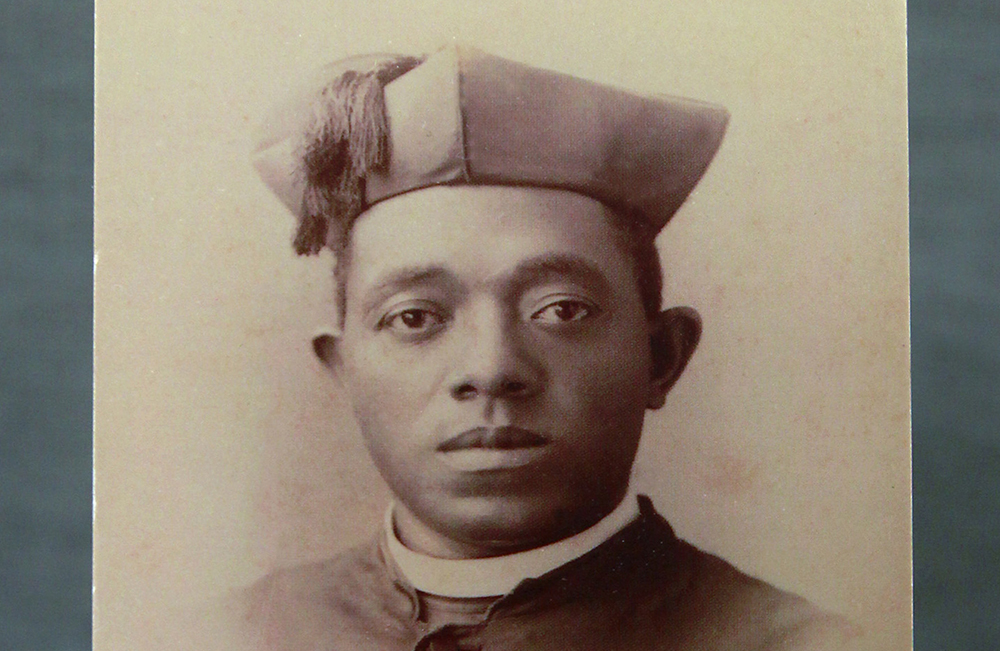Although he died more than 120 years ago, Father Augustus Tolton is a man for our times whose story deserves telling. Father Tolton is America’s first recognizably black Catholic priest, and his story revolves around faith, perseverance and holiness.
The legacy of Father Tolton has spread in recent years, mostly due to the opening of the cause for his canonization in 2010. The late Cardinal Francis E. George stated in 2014 that introducing Tolton’s cause was “one of the most important, if not the most important” ecclesiastical actions he had taken in his nearly 17 years as archbishop of Chicago.
Telling Tolton’s story is no easy task as much about his life is unknown. Records are especially poor because of his early status as a slave and as a man of color in a post-Civil War society. As research into Tolton’s life continues, more can be told. Much of what is known has been compiled in his official biography, called a “positio,” which was submitted in 2018 to the Vatican Congregation for Saints’ Causes as part of the ongoing effort toward his canonization. His cause cleared a major hurdle on the path to canonization when he was declared “venerable” on June 11, 2019.
Tolton’s life, which began as a slave in eastern Missouri, is just as much harrowing as inspiring. After escaping slavery with his mother and siblings, Tolton reached maturity in Quincy, Illinois, amid the inherent racism of postwar society. Since no American seminary would accept him, he was forced to work arduous, low-level jobs instead of fulfilling his desire to study for the priesthood.
Alongside his labors, though, Tolton pursued many of the studies needed to prepare for seminary, useful when he at last was accepted to the Roman college that trained priests for foreign missions.
Tolton’s first assignment as a priest — which likely took an unexpected turn of events because of a then-ongoing debate on race among American hierarchy — changed Tolton’s trajectory from the African missions to which he had been prepared to go. Instead, he was sent to his Quincy hometown — an assignment that proved to be a crucible for the first identifiably black man wearing a priest’s cassock in America. Tolton was maligned and mistreated by many, including his own brother priests. In Tolton, though, like the scourged Christ, none of the hatred shown toward him was ever reciprocated. Rather, it was transformed by love.
Eventually, Tolton requested a transfer to Chicago, not so much to make his life easier, as to allow his ministry to be more effective. A growing population of Black Catholics there became his new flock. His work to establish a parish for Black Catholics in Chicago, combined with a good deal of travel for speaking engagements on the plight of his people, however, took a toll on the priest. After returning from a retreat by train, Tolton collapsed on a Chicago street corner in record-breaking heat on July 9, 1897, and died shortly thereafter.
Tolton left a lasting legacy by which he is remembered in two specific ways: as a believer who always trusted in God’s plans, never allowing the hardships and obstacles he faced to keep him from attaining holiness; and as a model priest who spent himself in service to his flock, never seeking personal gain.
Michael R. Heinlein is editor of Simply Catholic. Follow him on Twitter @HeinleinMichael.

